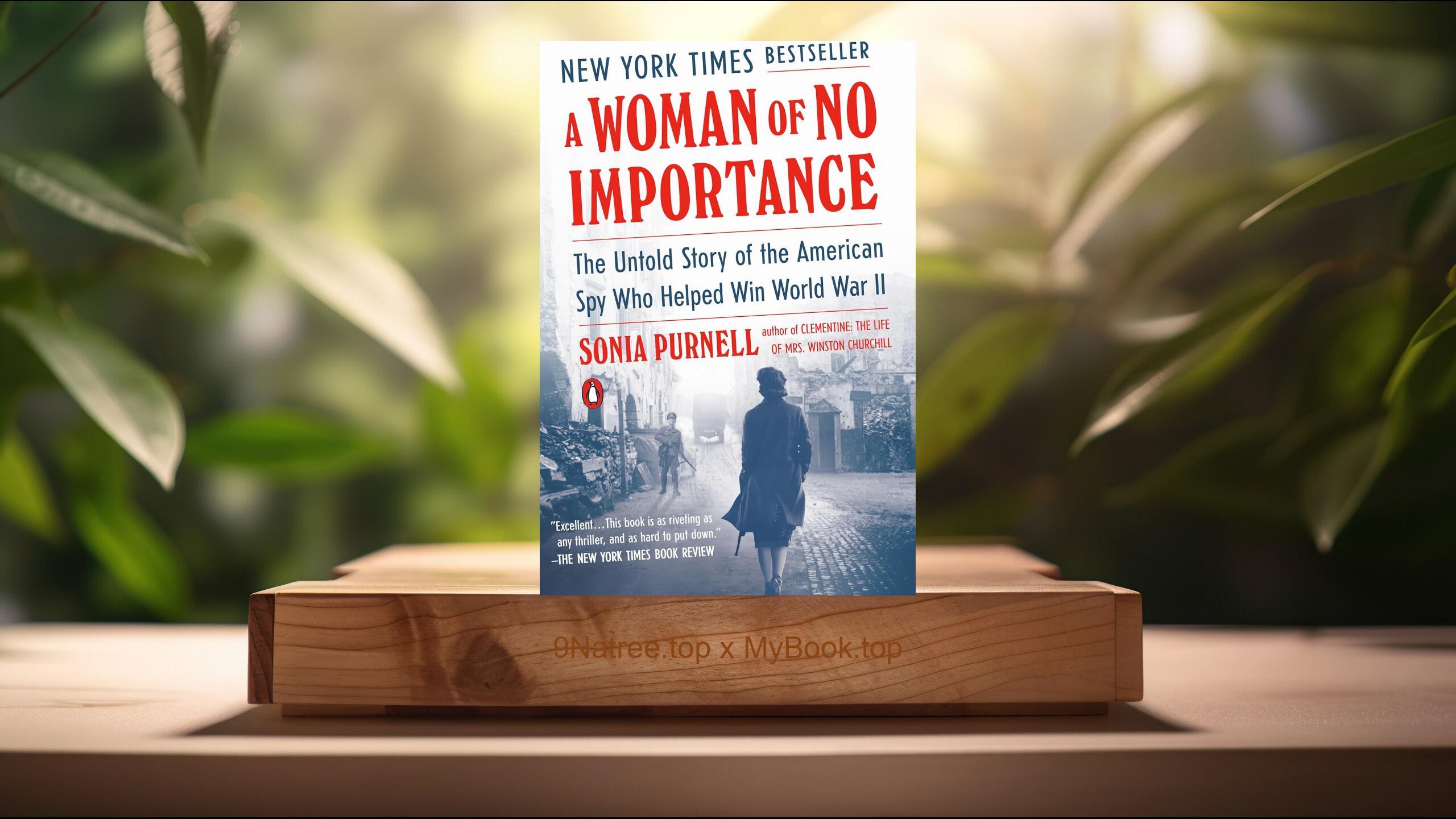Show Notes
- Amazon USA Store: https://www.amazon.com/dp/B0DFGM14VV?tag=9natree-20
- Amazon Worldwide Store: https://global.buys.trade/The-Sisterhood-of-Ravensbr%C3%BCck-Lynne-Olson.html
- eBay: https://www.ebay.com/sch/i.html?_nkw=The+Sisterhood+of+Ravensbr+ck+Lynne+Olson+&mkcid=1&mkrid=711-53200-19255-0&siteid=0&campid=5339060787&customid=9natree&toolid=10001&mkevt=1
- Read more: https://mybook.top/read/B0DFGM14VV/
#Ravensbruck #FrenchResistance #WomeninWorldWarII #LynneOlson #Concentrationcamphistory #TheSisterhoodofRavensbrck
These are takeaways from this book.
Firstly, Ravensbruck and the road to captivity, Olson opens by situating Ravensbruck within the Nazi camp universe as the regime’s principal site for imprisoning women from across occupied Europe. She explains how French Resistance networks grew under occupation, from courier rings and intelligence cells to sabotage teams, and why their very success drew the attention of the Gestapo and the Sicherheitsdienst. Raids, denunciations, and the Night and Fog directive funneled suspected resisters to prisons, then onto cattle cars bound for Germany. In Olsen’s telling, transport lists turned individuals into numbers, yet the book gives names and backstories back to these women, from students and social workers to couriers and radio operators. The chapter also sketches the camps structure, from punishment blocks to Siemens forced labor workshops, and the daily regimen of roll calls, beatings, and starvation rations. By pairing a clear overview with personal trajectories, Olson shows how political repression, bureaucratic cruelty, and chance converged to send Frenchwomen into the heart of the Nazi terror system.
Secondly, Forging a sisterhood of survival and dignity, Once inside Ravensbruck, the Frenchwomen organized a web of mutual aid that became both shield and spear. Olson documents practical strategies that kept people alive: pooling food, rotating rest on bunks, tending wounds, and sharing clothing. She also highlights the cultural and spiritual resistance that fortified morale. Clandestine lectures, whispered prayer, coded jokes, and even a satirical operetta by ethnologist Germaine Tillion gave prisoners language to mock their tormentors and reclaim inner freedom. The sisterhood reached across national and political lines, linking French prisoners with Poles, Scandinavians, and Germans who opposed the regime. Olson shows how experienced organizers created networks to identify the most vulnerable newcomers, prioritize aid, and hide those marked for punishment. This solidarity was not sentimental; it demanded hard choices about risk, scarce resources, and which lives could be saved. Through detailed scenes, the book reveals how community became an act of defiance that preserved dignity under systematic dehumanization.
Thirdly, Resistance behind the wire, Olson demonstrates that imprisonment did not end the fight. Inside Siemens workshops and camp offices, the women practiced subtle sabotage: misaligning components, slowing output, and smuggling snippets of information. Couriers ferried messages between blocks in scraps of paper or in memory. Nurses and orderlies in the infirmary hid patients, faked diagnoses, and covered for those targeted after roll calls. When medical crimes loomed, French prisoners joined others to conceal victims and document abuses for future justice. Olson traces chains of clandestine communication that brought news of the war, boosted morale, and connected to contacts beyond the fence via bribed guards or civilian workers. The author makes clear the moral calculus of every move, where a smuggled note could save a life or trigger reprisal. By chronicling both daring and restraint, she shows how resistance is not only a dramatic blow but also a discipline, sustained by trust, small signals, and the slow accumulation of tiny acts that undermined Nazi control.
Fourthly, Portraits of courage, The narrative is anchored by remarkable individuals whose stories illuminate the collective. Germaine Tillion applies an ethnographers insight to decode camp power while sustaining comrades with humor and order. Genevieve de Gaulle Anthonioz, a symbol of French defiance, protects weaker prisoners and later channels her experience into a lifetime of social activism. Anise Postel Vinay embodies the quiet logistics of survival, coordinating aid and information. The book also honors agents like Violette Szabo, executed for her SOE work, and situates survivors such as Marie Claude Vaillant Couturier, who later testified about Nazi crimes. Olson interweaves their paths to show complementary forms of courage: intellectual clarity, spiritual endurance, operational ingenuity, and self sacrificial leadership. These portraits avoid hagiography by acknowledging fear, despair, and conflict, yet they never lose sight of agency. By centering women long relegated to footnotes, Olson expands the canon of World War II heroism and redefines what resistance looks like under the worst conditions.
Lastly, Liberation, justice, and the work of memory, As the Reich crumbled, chaos heightened danger. Olson recounts evacuations, death marches, and the crucial intervention of the Swedish Red Cross White Buses that rescued thousands, including many Frenchwomen, in the wars final weeks. Liberation did not end the struggle; bodies were ravaged, families gone, and trauma enduring. The book follows survivors as they seek to testify, rebuild lives, and press for accountability, including appearances at war crimes trials. Olson explores postwar France, where memory politics favored certain narratives of resistance, and shows how Ravensbruck survivors fought for recognition of women’s roles, camp specific crimes, and cross national solidarity. Some became leaders in human rights and anti poverty work, translating suffering into service. By tracing this long arc, Olson argues that victory is measured not only by escape from oppression but by the preservation of truth and the commitment to protect others. The sisterhood’s legacy becomes a living ethic for the present.
![[Review] The Sisterhood of Ravensbrück (Lynne Olson) Summarized](https://episodes.castos.com/660078c6833215-59505987/images/2210621/c1a-085k3-mkwog88mt1d1-gn244k.jpg)




